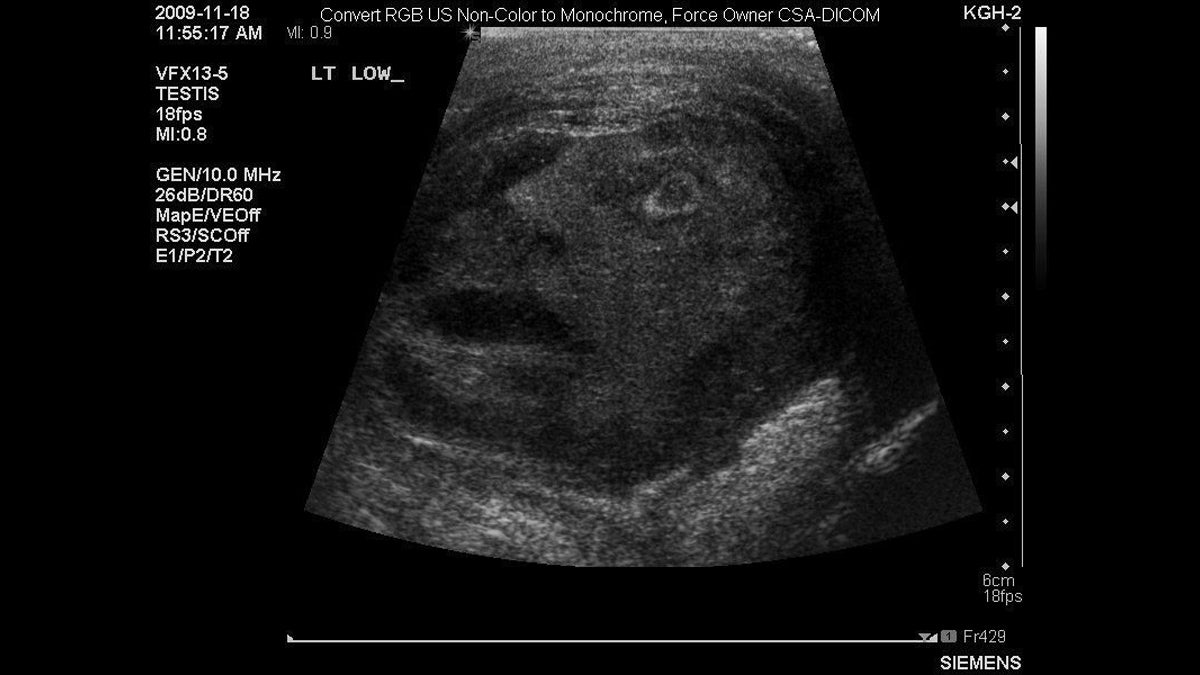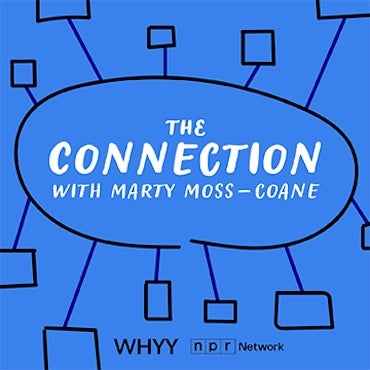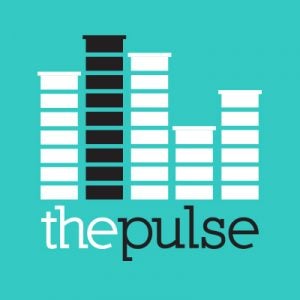Why you see Jesus and other faces in toast, cinnamon buns and ultrasounds
Listen
Doctors at Queen's University in Kingston, Ont., have spotted what looks like the face of a screaming man in an ultrasound of a testicular tumor. The startling image jumped out at them while scrolling through scans of a 45-year-old patient suffering from severe testicular pain. The picture went viral after it was published in the journal 'Urology' and it's been compared to sightings of the Virgin Mary on toast or grilled cheese sandwiches. (AP Photo/Queen's University, The Canadian Press)
Have you ever looked up in the sky and seen a bunny in the clouds? Or what about a man in the moon?
Have you ever looked up in the sky and seen a bunny in the clouds?
Or what about a man in the moon?
Perhaps you noticed something magical that one time in your toast? Or in a cinnamon bun?
This is a phenomenon that scientists call pareidolia [pronounced pair-eye-DOLE-ee-aah].
It’s when our brain picks a pattern out of random stimuli and makes it into something important, explains Bethany Brookshire of Science News and a regular contributor to The Pulse.
“It’s something that is meaningless being perceived as significant,” she says, adding that it’s specific to images or sounds.
“Your brain tends to see things that you expect to see,” Jayatri Das, chief bioscientist at the Franklin Institute tells The Pulse. “If you think about it, no one ever talks about seeing really bizarre objects. It’s always faces or familiar things.”
Das says this is because our brains have shortcuts for recognizing familiar things and interpreting information based on what we’ve already experienced.
Scientists aren’t totally sure what causes pareidolia, but they’ve gained more clues in recent years.
“You actually have a particular region of your brain, called the fusiform face area that’s specifically dedicated to recognizing faces,” says Das. And scientists have shown that this part of the brain is activated during episodes of pareidolia, when people see faces.”
A Toronto-based neuroscientist came out with a study last year aptly titled, “Seeing Jesus in toast: Neural and behavioral correlates of face pareidolia,” in which he ran fMRIs on 20 men while they looked at an image. Certain parts of the brain lit up when they saw a face and when they thought they saw a face.
As for why brains do this, Das thinks there’s a real evolutionary advantage to humans being able to recognize a face, especially at the drop of a hat.
Say someone approaches and you don’t know if they’re a friend or foe.
“If you can recognize their face and discern whether this is someone who is an ally or enemy right away, then you’re more likely to survive,” Das says.
But on a more sober note, Brookshire points out that’s due to this pareidolia phenomenon:
“I am sorry, but there is no Jesus in your toast,” she says.
WHYY is your source for fact-based, in-depth journalism and information. As a nonprofit organization, we rely on financial support from readers like you. Please give today.



